Whether you’re the outdoorsy type or just have a general sense of adventure, there’s a good chance you’ve heard the phrase Van Life (often truncated as #VanLife or simply VanLife). And if you haven’t, you probably should. It’s an excellent fusion of exploration, camping, and the gearhead hobby.
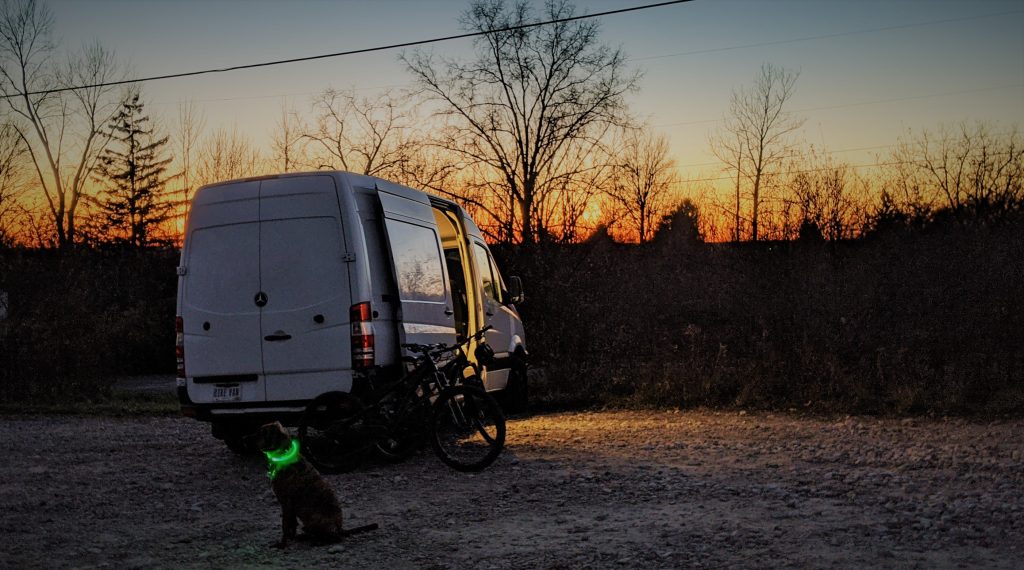
Put simply, the term “VanLife” refers to folks who enjoy camping out of their custom-built vans for days or weeks at a time.
So we tracked down one of Summit Racing’s Van Life experts, Dean Casanova, to get his thoughts on the VanLife thing. Dean’s built his own custom off-road camper van and taken it all over the country, so he’s got plenty of advice for those new to the Van Life or anyone who wants to learn about it.
Check out the Whole VanLife Interview in the OnAllCylinders Podcast:
What is Van Life? (& What it Isn’t)
As mentioned earlier, VanLife is talking about the culture of people who enjoy vacationing and camping out of custom-built vans. And “custom” here can mean a simple bed rack and storage, all the way to elaborate kitchenettes, bathrooms, and beyond.
But Dean explains that Van Life is distinct from the Overlanding hobby.
“I would consider it a different world,” Dean explains. “For us, Overlanding versus Van Life, we’re just going out and parking somewhere. For Overlanding, you’re taking those rough, rowdy trails that 99 percent of people can’t get up to.”
Not sure what Overlanding is? Read this: Overlanding 101: What Is Overlanding & How to Get Started
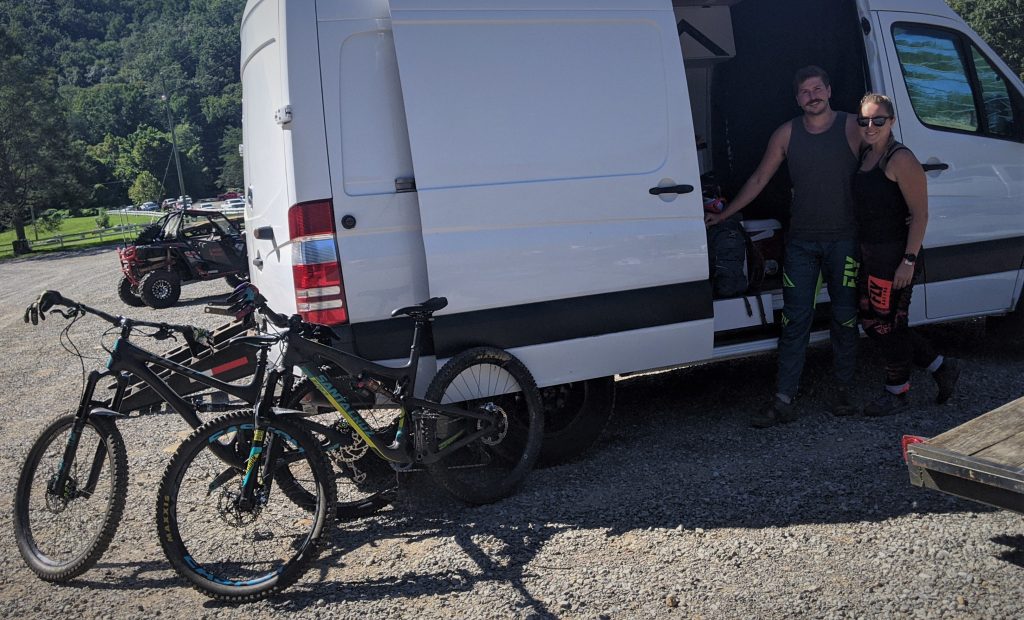
Dean goes on to detail how he typically stays on paved, gravel, or packed dirt roads, and his destinations are often established parking areas or campsites near trailheads or tourist attractions. “We’ve driven to some crazy stuff,” he jokes. “But we’ve never tried to drive up the side of a mountain.”
Once he arrives, Dean’s Van Life vehicle becomes a self-contained living space, complete with built-in sleeping accommodations, a solar power station, and basic cooking and cleaning areas. There it serves as a VanLife basecamp that lets him, his fiancée, and their dogs explore the region.
What Do You Need to Get Started in Van Life?
Dean makes it clear that you don’t need to begin with a fancy 4×4 camper van. Heck, you don’t even technically need a van to enjoy the Van Life.
In his case, Dean and his fiancée got started in Van Life with an ordinary commuter car—though it escalated quickly. “We just started going. But when we had our car all filled up, it was hard to take our dogs with us,” he admits. “So that’s what really got us into it, we wanted to bring our dogs along.”
Dean’s advice is to start simple with what you’ve already got. If you’re not accustomed to camping or roughing it, then there’s a learning curve. By going on a few traditional camping trips, you’re able to better assess what you’ll need before jumping in headfirst with, say, a 4wd van purchase.
We put together a handy downloadable PDF checklist that’ll help you pack for a vehicle-oriented adventure. Check it out here: Overlanding Essentials: Camping & Off-Roading Tool Kit Checklist
How to Choose a Van Life Vehicle

Once Dean and his fiancée realized that they were ready to commit to the VanLife, they began shopping for the right camper cargo van to begin customizing. “We didn’t really want the biggest, longest van,” he says. “You can’t really park those in a normal parking spot.” But they also needed a van big enough to fit two adults, two mountain bikes, and—of course—two enthusiastic doggos.
After an exhaustive search, the pair acquired a used Mercedes Sprinter van with the 144 inch wheelbase. “You can park it just about anywhere,” Dean tells us. But while they went with the Sprinter, several other models are popular with the overlanding camper van crowd.
Popular Van Life Van Models
- Mercedes Sprinter
- Ram ProMaster
- Ford Transit (& Transit Connect)
- Ford E-Series
- Chevy Express/GMC Savana
- Volkswagen Bus/Westfalia
- Nissan NV
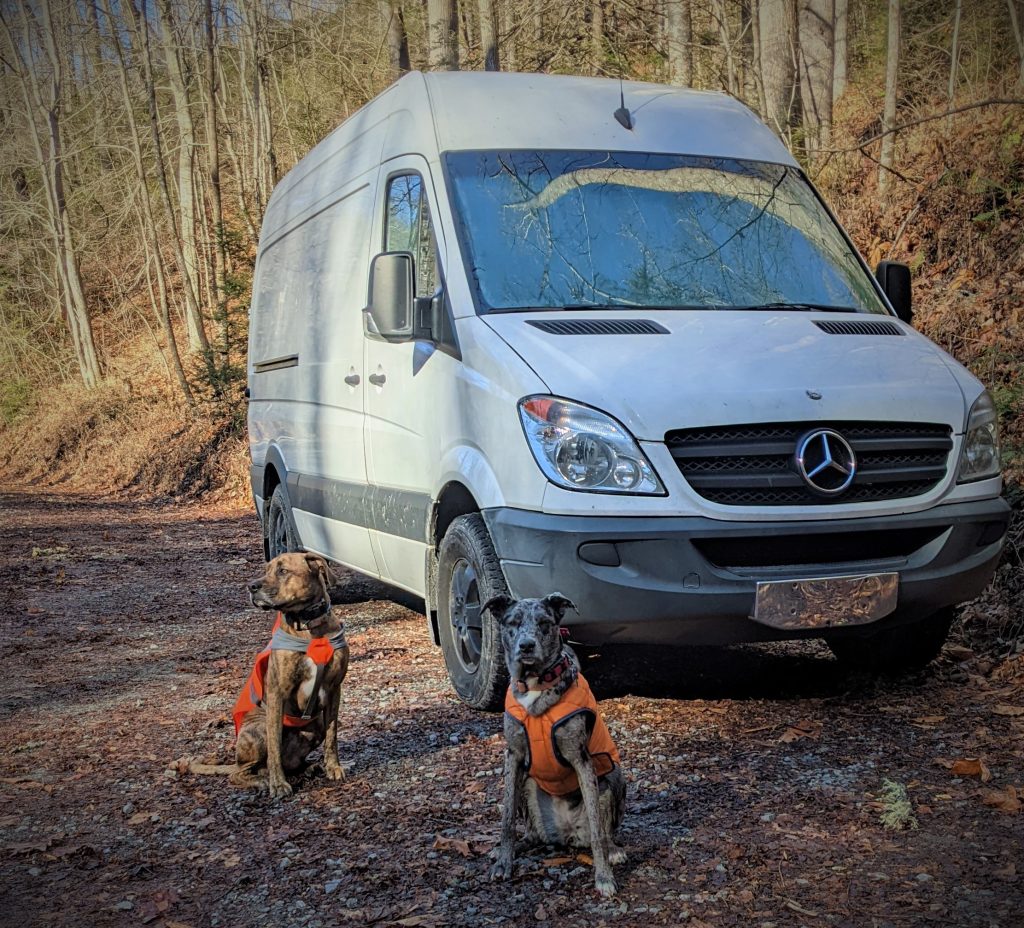
And Dean also explains that you don’t necessarily need a 4wd or all-wheel drive off road camper van. In fact, his Sprinter is two-wheel drive. Yet thanks to its 3.0L V6 diesel engine, the van has taken the couple all over the country to plenty of off-the-grid spots. “I’ve never been stuck,” Dean laughs.
But he does note that a 4×4 van or all-wheel drive van can have its merits both on- and off-road. “We’ve never needed…NEEDED…all-wheel drive, but to have that is comforting, like if you’re out in a snowstorm,” he admits.
Dean also reminds us that “everything can be fixed.” Turns out, he got a deal on his particular Sprinter van because he was able to do some critical cylinder head repairs himself.
Beginning a Camper Van Build
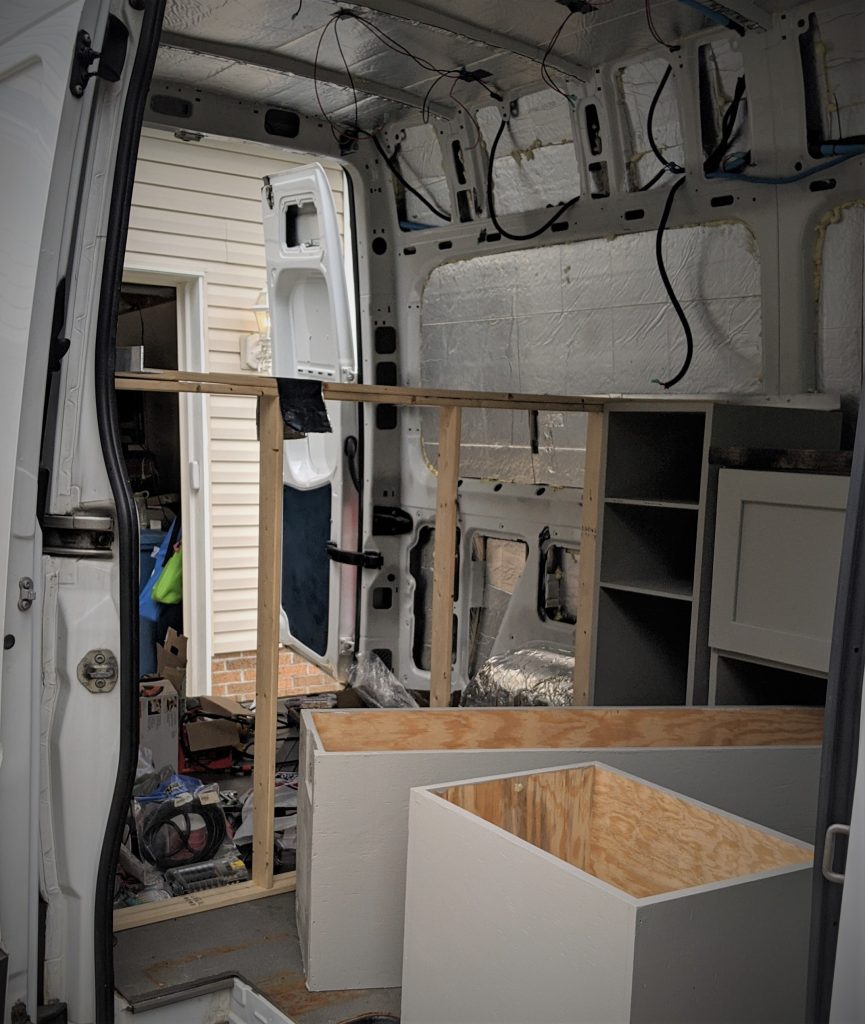
Since maximizing space is always the primary concern with a camping or overlanding van build, Dean established a hierarchy of importance. “We started working on the bed,” he says.
The mattress rests on steel beams several feet off the van floor. This allowed Dean and his fiancée to store their expensive mountain bikes underneath the sleeping platform, protecting them from Mother Nature and prying eyes—a major consideration of the build.
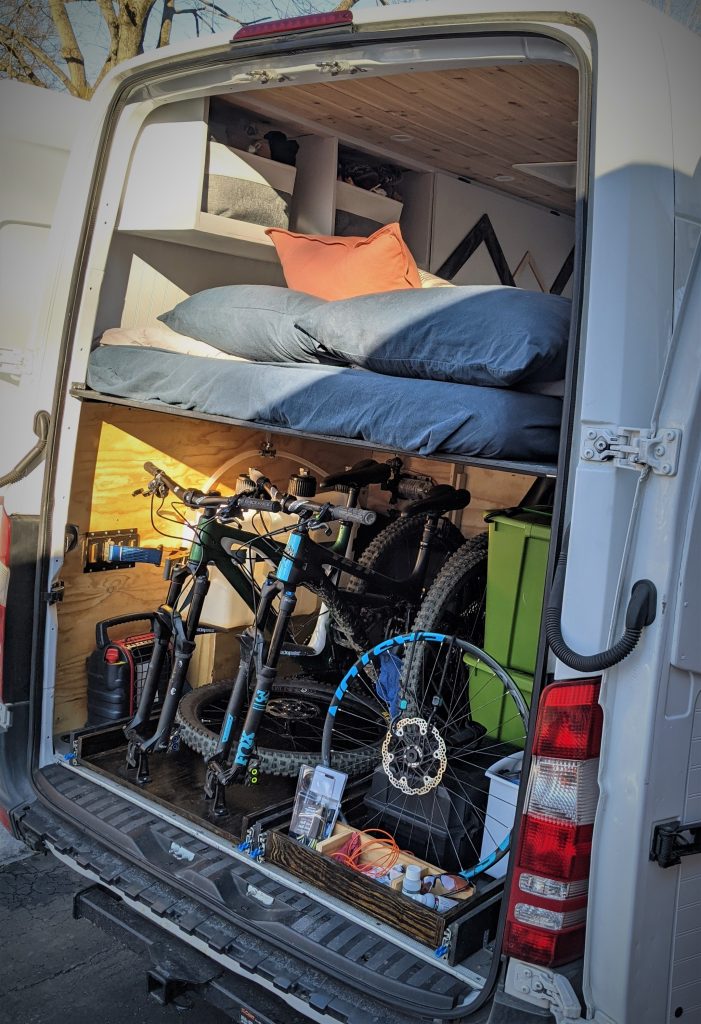
The two also worked out several clever cargo and storage solutions, relying on slide-out trays and racks in hard-to-reach spots to maximize usable space in the van.
Dean describes the van build as modular. Once he got the bed built and some other essentials taken care of, the van was ready to go in about six weeks. The other features were added in later months as the couple began adventuring.
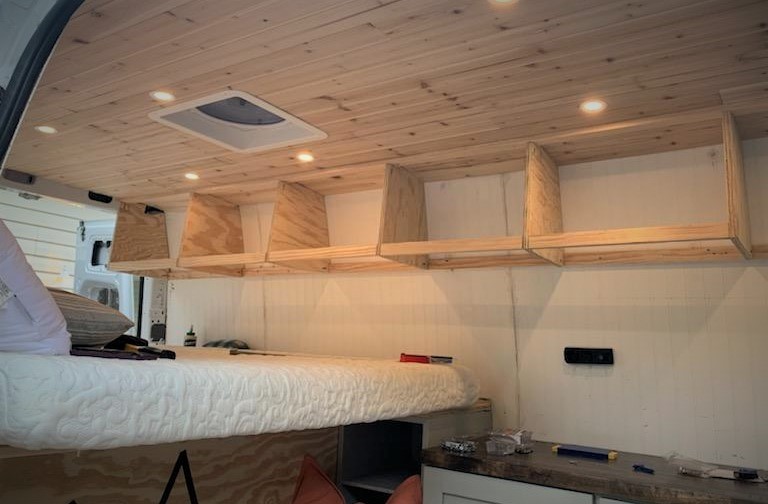
Van Life Essentials
“Obviously water’s a big thing,” Dean stresses. But instead of carrying a large 20-gallon drum of water like many VanLifers do, he brings along a trio of five-gallon utility jugs that are much easier (and cheaper) to fill up at many major grocery stores. Dean also says the couple rarely uses their portable shower setup, since they’re often able to wash up at nearby campsites or rest stops—which saves a lot of hassle.
Then Dean moves on to electrical power. While there’s no one-size-fits-all power solution, he alludes to solar panels, dual battery setups, upgraded alternators, and portable power centers.
We won’t spend too much time on the topic of DC power because we spoke with the experts at REDARC all about auxiliary vehicle power already. Listen to the interview here: OnAllCylinders Podcast: Setting Up a Vehicle Auxiliary Electrical System
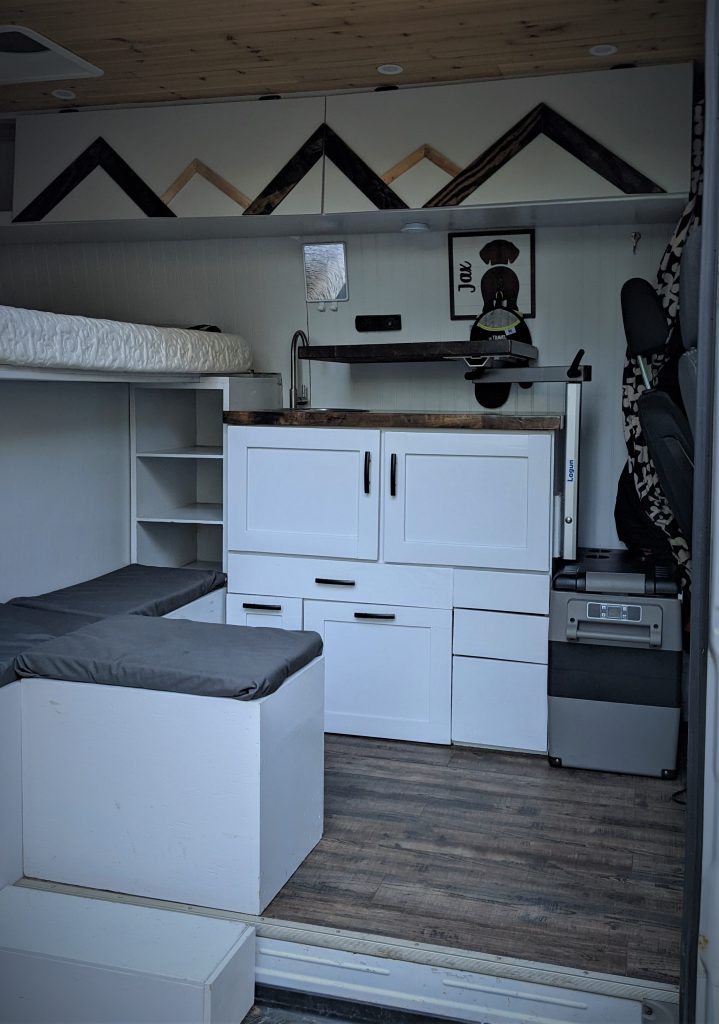
Another critical aspect of a VanLife rig that’s often overlooked is the suspension. Adding weight, particularly at higher points on the body, can seriously impact the van’s handling and driving characteristics. To address that, the couple installed an air ride suspension on the Sprinter, which allows the driver to make suspension adjustments based on the cargo and road conditions.
Finally, Dean makes a point to mention how important both a comfortable driving seat and a quality camping chair are to a VanLife trip.
The Van Life Community & Support
“Ohhhhh,” Dean smiles. “We have a problem with making everybody our friend.”
Fortunately, he explains, it’s not an issue for the VanLife crowd. He continues by saying how supportive everyone is, both in-person and online. Dean reveals that a lot of the ideas they got for their own build were inspired by other overlanding and camping vans.
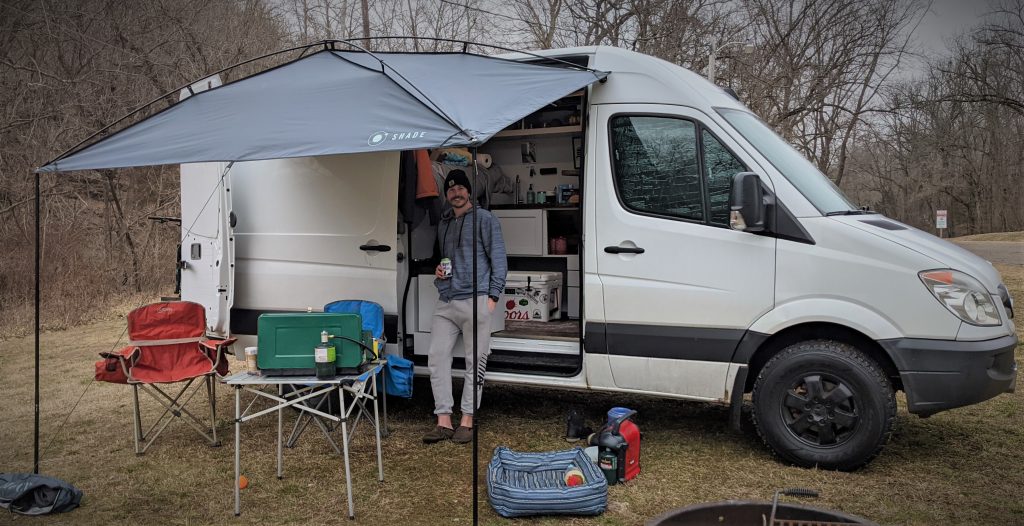
For instance, at a typical campsite, he and his fiancée will talk to other VanLifers to learn handy tricks and tips, and conversely, they’re often greeted with folks interested in their Sprinter van’s camping setup.
And Dean says that the online community is a great way to get immersed in VanLife as well. Instagram in particular is a powerful resource for folks to see more of what #VanLife is all about.
The Van Life Journey Never Ends
As we wrapped up with Dean, he told us that, while the couple’s Mercedes Sprinter Van and its 144-inch wheelbase have served them well over their ownership, the van has recently found a new owner.
That’s because Dean and his fiancée are currently looking for another Van Life rig with a bit more space and all-wheel drive to allow them to go on longer, farther adventures.
…And judging from where they’ve been already, we can’t wait to see where #VanLife takes them next.
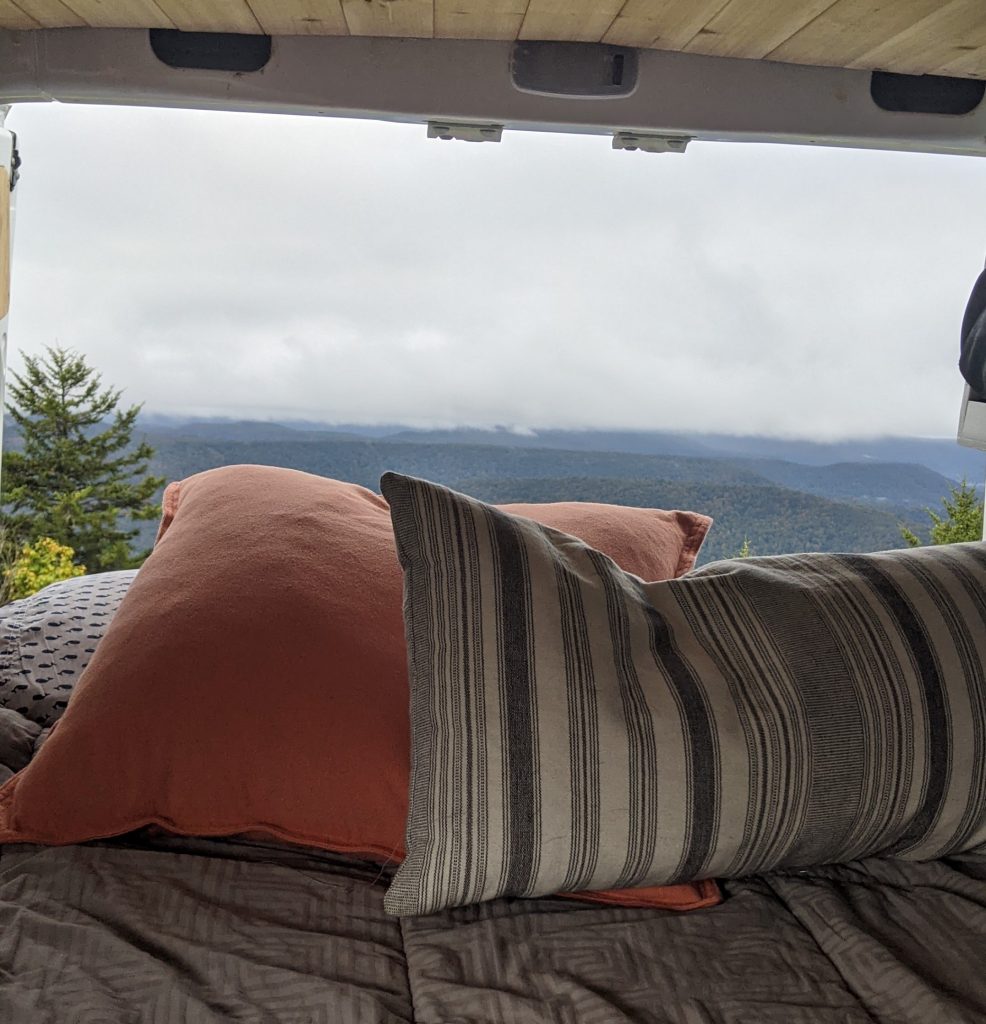

Awesome article! Makes me want a van! Looks like there’s a lot of people out there having fun exploring!! I’m a backpacker but wow the places you could go! And….I could take my dogs!